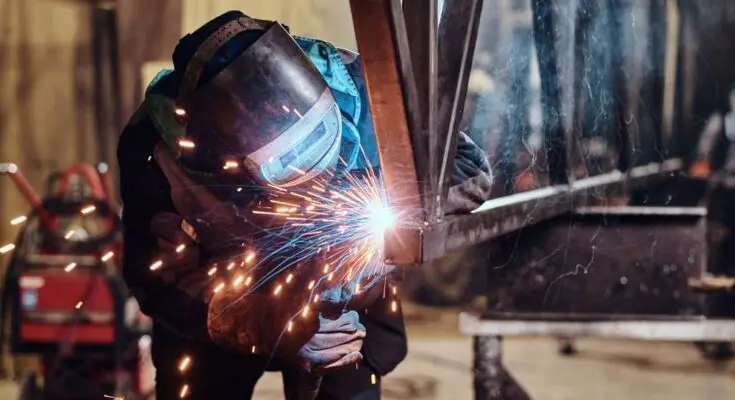Metal fabrication involves various techniques and processes that transform raw metal materials into parts and products used across numerous industries. From construction to automotive manufacturing, understanding these processes is crucial. Take a look at some different metal fabrication processes to know.
Cutting
Cutting is one of the most fundamental metal fabrication processes. It involves dividing a piece of metal into smaller sections, often in preparation for more complex fabrication techniques. There are several methods used, including shear cutting with snips or a shear press, and more advanced methods such as laser cutting, waterjet cutting, and plasma cutting. These high-precision techniques can efficiently handle different thicknesses and types of metal, making them suitable for detailed and intricate designs.
Folding
Folding, or bending, is used to shape metal by creating a straight crease in the material. This process is essential in forming parts for machinery and structures where angles are necessary. While manual press brakes and similar tools can perform this task, automated machinery has become increasingly common in achieving consistent and accurate bends. Complex folding operations might require specific tooling or programming in automated setups to ensure each bend meets precise specifications.
Welding
Welding is a crucial metal fabrication process used to join two or more pieces of metal together. This technique melts the metal parts at the joining point and usually adds a filler material to form a strong bond as it cools. Different welding methods include TIG, MIG, and stick welding, each with its own advantages depending on the types of metals being joined and the required strength of the weld. Welding is pivotal in constructing frameworks and metallic structures, and it’s a task best left to skilled technicians.
Machining
Machining is a metal fabrication process that involves removing metal from a workpiece to shape it into the desired form. Techniques include turning, milling, drilling, and grinding. Machining is known for its ability to achieve high precision, making it ideal for parts that require tight tolerances and smooth finishes. Skilled machinists and advanced equipment are crucial to accurately cut and shape the metal according to specifications.
CNC Machining Versus Sheet Metal Fabrication
Understanding when to use CNC machining versus sheet metal fabrication depends on the project requirements. CNC machining is ideal for creating complex, three-dimensional shapes that require high precision, while sheet metal fabrication can make flat or folded parts at a lower cost. CNC machining offers greater detail and consistency, especially for small, intricate parts, whereas sheet metal fabrication can be more efficient for larger, simpler items.
Now that you know the different metal fabrication processes, you can better appreciate the complexity and precision involved in creating metal parts and structures. Each process has its specific uses and benefits, making metal fabrication a diverse and versatile field essential to modern manufacturing.



